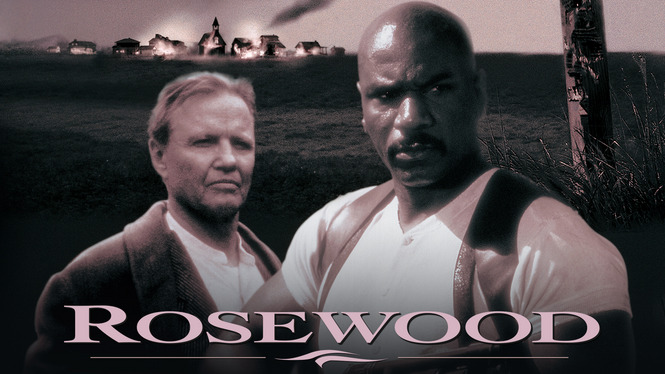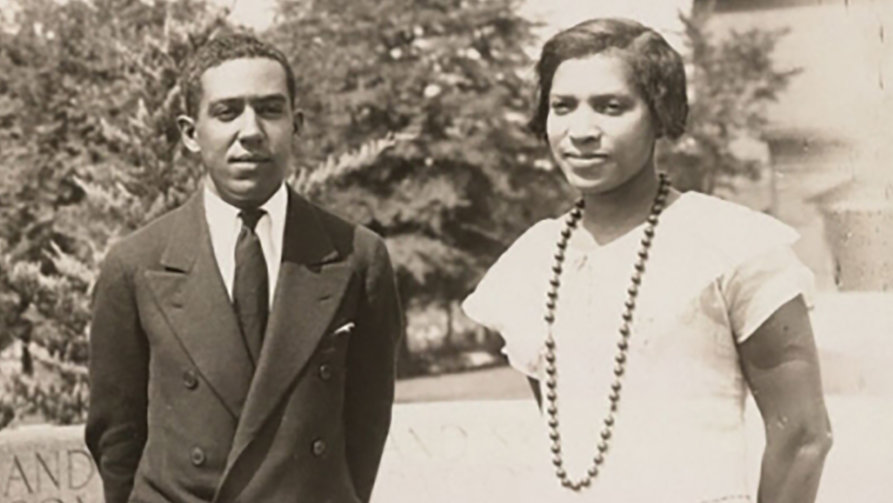The Supreme Court in Ricci v. DeStafano furthered the conservative activist agenda toward a seemingly laudable post-racial, race neutral view of the law. A view not based on legal precedent or the real world. The facts of Ricci were essentially that white firefighters sued the city of New Haven for reverse discrimination because it threw out a firefighter test in which no African Americans and only a few Latinos passed, making the city possibly liable for employment discrimination under Title VII of the Civil Rights Act of 1964 which prohibits disparate impact discrimination, such as tests that have the effect of discriminating. The court in a 5-4 ruling, took the side of the white firefighters, stating that the city had no fear of a disparate impact suit because the test was fair and that when disparate impact and disparate treatment (of the white firefighters) collide disparate treatment trumps. If a test has the effect of discriminating against minorities to the benefit of white test takers the city could not throw out the results of the racist test, because it would then result in racial bias toward the white test takers who passed.
This blindfolded doctrine best articulated by Roberts, Scalia, Alito, Thomas and now Kennedy is a dangerous notion. It’s a doctrine that equates and characterizes race based remedies for racial discrimination as discriminatory toward the wrongdoer effectively maintaining an inequitable status quo. It’s a trick that looks completely benign on the surface but not under close examination and real world application.
The doctrine looks at the law without regard to legal precedent, facts, history, or context. It is as if they believe the 13th Amendment freed white Americans from slavery, the 14th Amendment guaranteed equal protection of the laws for those who the law was already equally applied, and the 15th Amendment was merely a restatement of the right of white males to vote. Chief Justice Roberts articulated the conservative doctrine in the 2007 case Parents Involved in Community Schools v. Seattle School District No. 1, where he stated, “The way to stop discrimination on the basis of race, is to stop discriminating on the basis of race.” This sort of circus jurisprudence equates integration with discrimination itself.
The question remains what is the appropriate remedy for individuals who are victims of racial discrimination. Equal Employment Opportunity Commission statistics reveal that there were over 33,000 charges of race based employment discrimination. The conservative wing of the court under their notion of racial equity puts victims of disparate impact racial discrimination in a bind prohibiting the only fair remedy.
Their illogical notion is further revealed if we take race out of the equation. Let’s consider gender based discrimination and the idea of gender neutrality not unlikely given that sex based discrimination is prohibited under the same provisions of Title VII of the Civil Rights Act (according to the EEOC their were over 28,000 sex based discrimination claims in 2008). Here under the same logic as the Court’s race neutral decisions, the conservative justices would prohibit remedies advantageous for women who were the victims of discrimination by men. According to the logic of the majority opinion in Ricci, even if the maintenance of a gender neutral exam would result in disparate impact discrimination toward women, the possible discrimination toward men by throwing out said exam would trump. Justice Kennedy states for the majority, “in light of our holding today it should be clear that the City would avoid disparate-impact liability based on the strong basis in evidence that, had it not certified the results, it would have been subject to disparate treatment liability.” Is Justice Kennedy suggesting that employers can create tests that result in screening out women for promotion but the results of that test can not then be thrown out because it would result in disparate treatment towards men?
Justice Ginsburg speaking for the four dissenters accurately attacks the problem with the majority opinion stating, “…the Court today sets at odds the statute’s core directives. When an employer changes an employment practice in an effort to comply with Title VII’s disparate-impact provision, the Court reasons, it acts “because of race”—something Title VII’s disparate-treatment provision, see §2000e–2(a)(1), generally forbids.”
Ginsburg goes on to emphasize that, “Neither Congress’ enactments nor this Court’s Title VII precedents offer even a hint of “conflict” between an employer’s obligations under the statute’s disparate treatment and disparate-impact provisions. Standing on an equal footing, these twin pillars of Title VII advance the same objectives: ending work place discrimination and promoting genuinely equal opportunity.”
Supreme Court nominee Sonia Sotomayor, who served on the Second Circuit panel that decided that New Haven was correct in throwing out the test, is expected to field questions from conservative republican members of the Senate Judiciary Committee regarding the Ricci case. Despite the fact that four members of the Court agreed with the conclusion of Sotomayor’s panel. Republicans seemingly outraged at what they deem discrimination. If only they were as outraged at the most pervasive forms of discrimination.
Ricci is an example of conservative judicial activism creating a conflict in well settled employment discrimination law and possibly Constitutional law where none previous existed in further advancement of their agenda. The goal of which seems at a minimum to dismantle the rulings of the Warren Court. The Court places the disparate impact provisions of Title VII, as Justice Scalia states in a concurring opinion, on a collision course with the Equal Protection Clause, which he believes prohibits a race based remedy for race based wrong doing. Although they did not ultimately reach that issue in this case the conservative activists are salivating.
Suggested Summer Reading List For Chief Justice John Roberts and Justice Anthony Kennedy, Slavery By Another Name The Re-Enslavement of Black Americans from the Civil War to World War II by Douglas Blackmon, (White American, Wall St. Journal Writer). If the conservative members of the Court became knowledgeable in the history and structure of racism in America perhaps their reasoning and analysis would be different. Perhaps.








